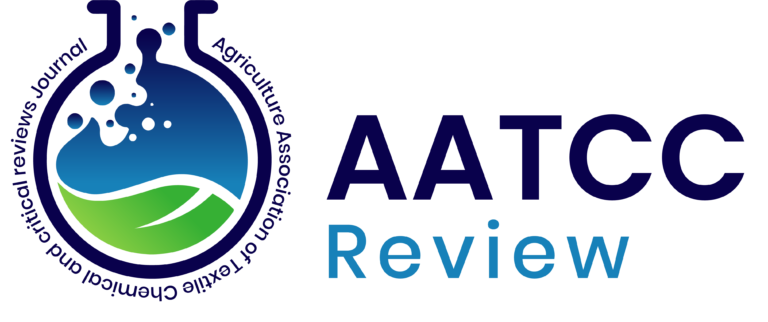Abstract
An experimental study was conducted during the kharif 2023 season at the Agricultural
Research Station, Mugad, to assess the effects of different Site-Specific Nutrient
Management (SSNM) techniques on nutrient uptake and use efficiency of primary nutrients
in transplanted rice. A split-plot design was used with three replications, featuring two rice
varieties, Mugad Siri (M 1 ) and Mugad Sugandha (M 2 ), as the main plots and various SSNM-
based fertilizer treatments as subplots. These treatments included Soil Test Crop Response
(T 2 ), Rice Crop Manager (T 3 ), Nutrient Expert (T 4 ), the Recommended Package of Practices
(T 1 ) and an absolute control (T 5 ). Soil samples were collected and analysed for N, P 2 O 5 and
K 2 O. The Rice Crop Manager (RCM) treatment (T 3 ) achieved the highest recovery efficiency
(57.07% N, 59.74% P, 128.25% K) and agronomic efficiency (19.17 kg grain kg -1 N applied,
80.72 kg grain kg -1 P applied). STCR (T 2 ) showed the highest agronomic efficiency for K
(83.85 kg grain kg -1 K applied) and physiological use efficiency for N (39.95 kg grain kg -1 N
uptake) and K (69.54 kg grain kg -1 K uptake). M 2 showed more recovery efficiency (38.86%,
38.52% and 96.32%) and agronomic use efficiency (13.81kg grain kg -1 N applied, 56.54kg
grain kg -1 P applied and 43.69kg grain kg -1 K applied)of N, P and K respectively. M 1 showed
Physiological use efficiency (30.03kg grain kg -1 N uptake, 131.15kg grain kg -1 P uptake and
39.03kg grainkg -1 K uptake) of N, P and K respectively. No actual gain of soil N, P 2 O 5 and
K 2 O was observed. an apparent gain of N (23.68 kg ha -1 ), P 2 O 5 (21.18 kg ha -1 ) and K 2 O (9.74
kg ha -1 ) was observed.
